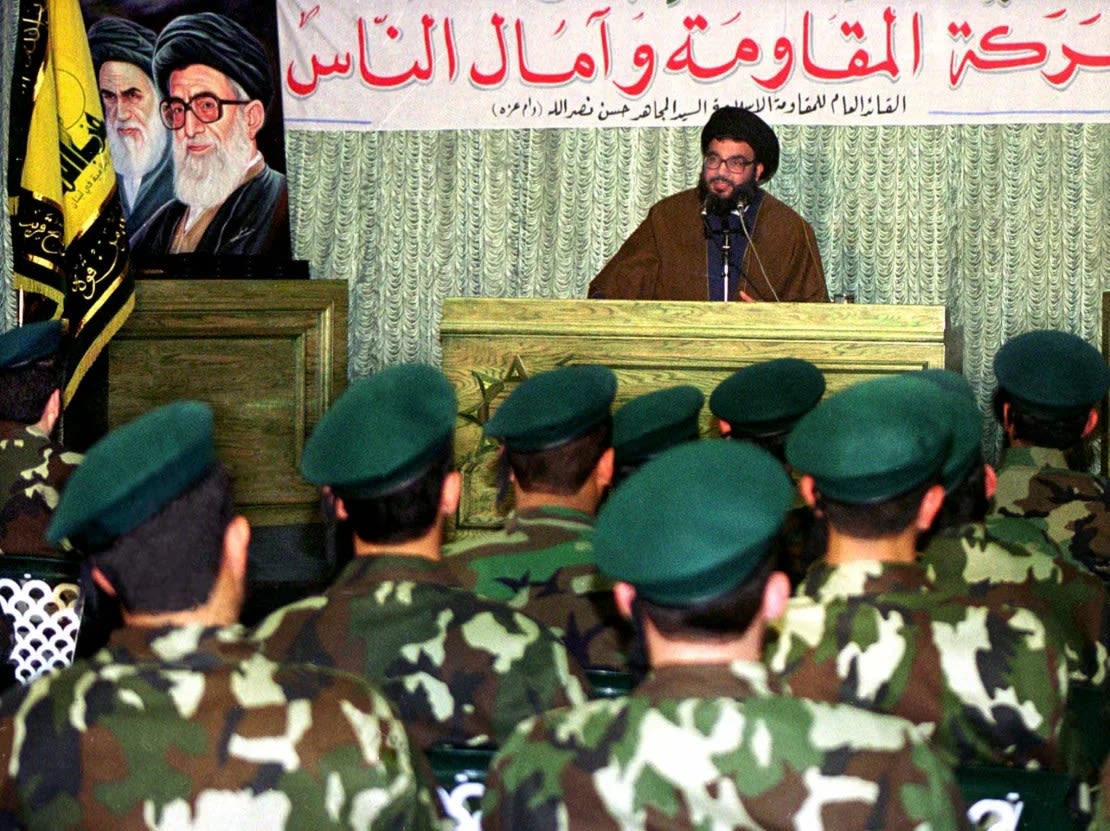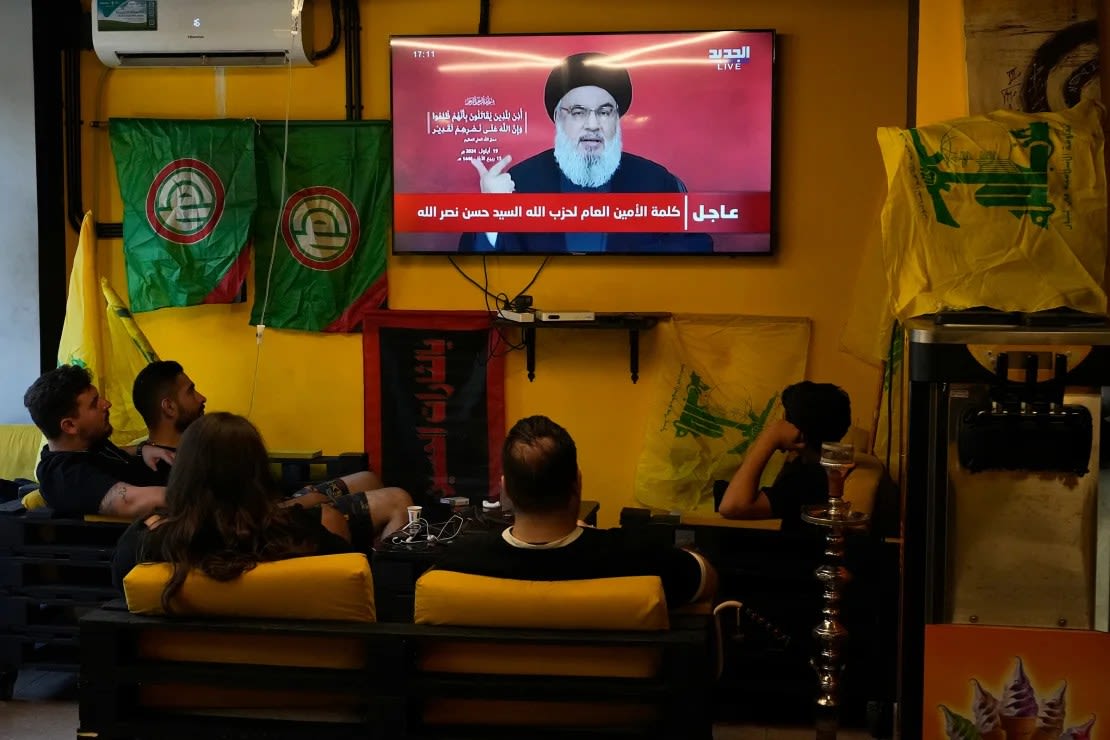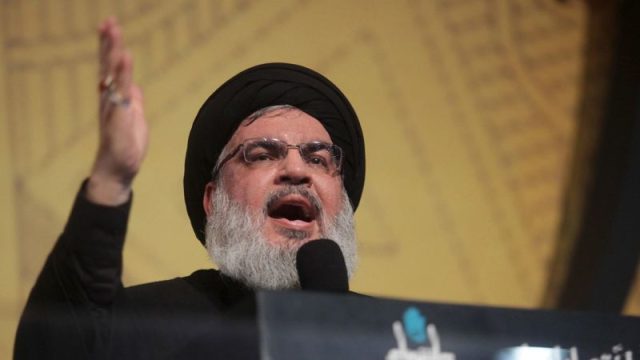(CNN) – Hassan Nasrallah, who was killed by Israel in an attack south of Beirut, turned Hezbollah into one of the most powerful paramilitary forces in the Middle East. His death caps a series of devastating blows to the group, reeling from the humiliation that has already permeated its communications network, and suggests that one of Israel’s most formidable enemies has been deeply wounded.
Nasrallah, one of the founding members of the group formed four decades ago with the help of Iran, rose to the top of Hezbollah In 1992, after he was killed in an Israeli helicopter attack, he replaced his predecessor and mentor, Abbas Mousavi, as Secretary General of Hezbollah.
Born in Beirut in August 1960 to a shopkeeper and his wife, Nasrallah spent his youth in the shadow of the Lebanese civil war.
His family was forced to flee the capital when fighting broke out in 1975 and moved south to a town near the coastal city of Tyre.
A year later, Nasrallah went to Iraq to attend a Shiite seminary. But he was soon expelled when Shiite Muslims were persecuted under the repressive regime of Iraqi President Saddam Hussein, and returned to Lebanon to be educated by his teacher, Mousavi.
When Israel invaded Lebanon in 1982, Nasrallah assembled a militant group to resist the occupation, which would become Hezbollah.
That year, Israeli forces captured nearly half of Lebanon’s territory and were responsible for the deaths of at least 17,000 people, according to reports and an Israeli investigation into the massacre at the Beirut refugee camp.

The leader, known for his fiery speeches, oversaw the transformation of Hezbollah from an irregular militant group in the 1980s to an organization that waged a concerted campaign to expel the Israeli occupation in 2000.
Under Nasrallah, the Lebanese militant group became a regional fighting force. He led the growth of Hezbollah’s forces — believed to number 100,000 fighters and reservists — as well as the proliferation of its arsenal of long-, medium- and short-range missiles and drones.
Nasrallah had hundreds of thousands of followers, mostly Shiite Muslims, in Lebanon, Iraq, Syria and Yemen. His influence in the so-called pro-Iran opposition axis grew exponentially after the US killed Iran’s top general Qassem Soleimani in 2020, the architect of the regional axis.
Hezbollah is the most heavily armed non-governmental group in the region and the most dominant political force in crisis-ridden Lebanon. Most of the Western world has declared Hezbollah a terrorist organization.

The Lebanese group has increasingly traded strikes with Israel since launching an offensive on Gaza following the October 7 attacks led by Hamas.
Hezbollah says it fired into Israel in solidarity with Hamas, along with Palestinians trying to escape Israeli attacks on Gaza that have killed more than 41,000 people, according to the territory’s health ministry.
Days before his death, Nasrallah vowed to continue attacking Israeli positions until Israel’s offensive on Gaza ends. “Let me be clear: whatever the sacrifices, consequences or future possibilities, the opposition in Lebanon will not stop supporting Gaza,” he said in a speech on September 19.
Fears of an all-out war peaked this month after Israel unleashed deadly bombings across Lebanon targeting Hezbollah militants. Many of the dead were civilians.
Since then, Israeli attacks have forced hundreds of thousands of Lebanese from their homes. In total, since October 7, more than 1,500 civilians have been killed and more than 200,000 displaced in Lebanon, according to the UN Office for Humanitarian Affairs. Lebanese officials estimate the actual number of displaced people to be closer to half a million.
The UN has warned that Lebanon is experiencing the bloodiest period “in a generation”. Human rights advocates, including Secretary-General Antonio Guterres, have strongly condemned the violence.





